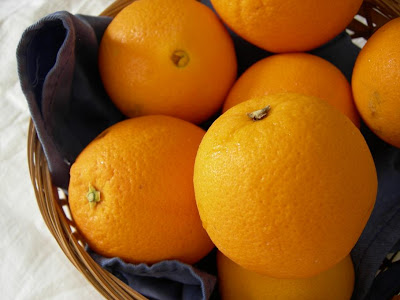
Lately, I've been finding myself trawling through the internet looking for vegetarian, vegan and gluten-free products and recipes. It isn't that I have recently been diagnosed with an intolerance towards certain food groups (though oysters and mussels do make me crook!) but since returning from my vacation, I have felt this urgency for a lifestyle overhaul. I am not sure if it post-vacation guilt - the sort you experience knowing you've lived up one too many excesses but it definately feels like: "Can someone hit my reset button, please?".
A few days ago, I caught up with my friend D who lives in Sydney and had a self-indulgent whinge-fest. The usual "Life sucks, my legs look like cottage cheese in a pair of nude stockings, I need a new job and any idea where I can find all the answers to every question I will ever have to ask so I don't have to ask them?" type of conversation.
He listened empathically and replied, and I am paraphrasing here, "Darl, do the 15-day detox and start working in a big pharmaceutical company."
Why of course! That's what I need. D is wise beyond his age.
The 15-day detox plan he refers to follows a fairly strict diet of unprocessed food, no dairy, no eggs, no alcohol or caffeine, white fish but only 3 times a week and $70 worth of non-medically proven, herbal supplement tablets that make you feel cleansed from within. I've done it before - it works.
It is not for the lack of commitment to a lifestyle change that I have not begun the abovementioned detox but I am looking towards a long-term strategy, something more sustainable so it becomes part of my being. I began researching the benefits and drawbacks of various types of diets: ovo-lacto vegetarian, vegan, macrobiotic and raw food.
Needless to say, one thing led to another and I soon found myself perusing gluten-free websites and now have a better understanding of what coeliac is. I would like to digress a little, now many years ago, I suffered asymptomatic arthiritis and after prolonged medicating with non-steroidal anti-inflammatories, my condition did not improve. What made matters worse, I was taking more drugs to counteract the side effects of the anti-inflammatory drugs. Incidentally, I started reading Eat Right for Your Type by Dr Peter D'Adamo, a text which suggests a diet based on an individual's blood type and to cut a long story short, I refrained from products containing dairy and wheat, consumed more plant-based protein, and together with the power of positive thought, I no longer felt I had the body of a geriatric. Admittedly, I did grow weary of eating the same types of food and never grew accustomed to the texture and flavour of wheat-free baked products. But now, with a more open mind and palate, I am more than eager to explore alternative ingredients again.

I tasted a flourless orange cake for the very first time at a Sunday picnic a few years ago and I was totally captured; left utterly speechless with my first mouthful. It's texture, a very unusual combination of nibbly, dense and moist bordering creamy but lacking the taste of creamery butter. It is more reminiscent of a steamed pudding - minus the cloying sweetness and the richness. Simply put, its texture was completely different to the conventional crumb of what I knew made a cake.
Yesterday, I revisited this experience and made an orange cake following the recipe found in Stephanie Alexander's The Cook's Companion. There are many contemporary renditions of this classic cake some with the inclusion of flour and meringue to ligthen its texture, maybe fewer eggs and even replacing the oranges with other citrus fruit that may be in season. Here, I adapted Alexander's recipe with the addition of some ground wattleseed (by Oz Tukka) and oat flour (NB the jury is still out on the appropriateness of oats in a gluten-free diet). Edible wattleseed was developed as a food flavouring back in the mid 1980s when its coffee, chocolate and hazelnut profiles were discovered and have since been popularised in modern Australian cuisine. With such characteristics, it comes as no surprise how I arrived at my orange and wattleseed pairing and why this cake is so delectably more-ish!







